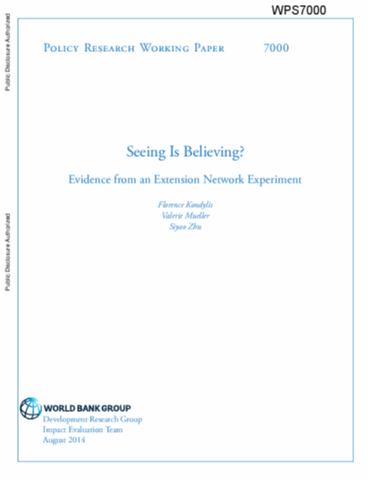Soil Fertility, Fertilizer, and the Maize Green Revolution in East Africa
This paper investigates the reasons for
the low application of external fertilizers on farms in
Kenya and Uganda. The analysis uses a large panel of
household data with rich soil fertility data at the plot
level. The authors control for maize seed selection and
household effects by using a fixed-effects semi-parametric
endogenous switching model. The results suggest that Kenyan
maize farmers have applied inorganic fertilizer at the



